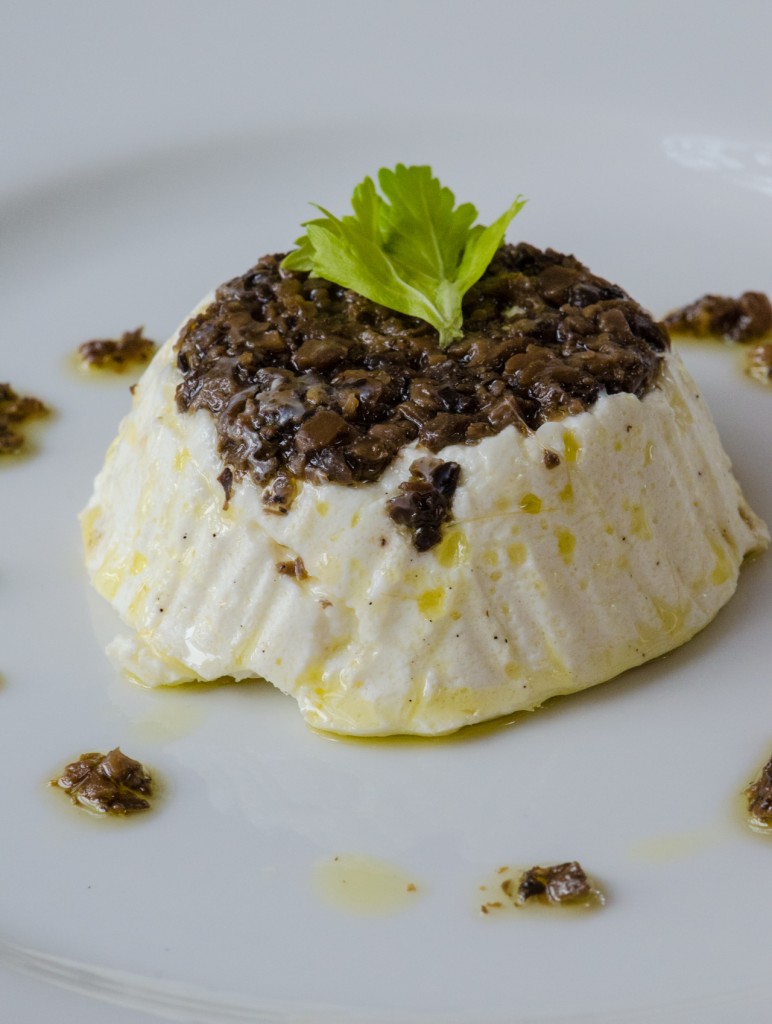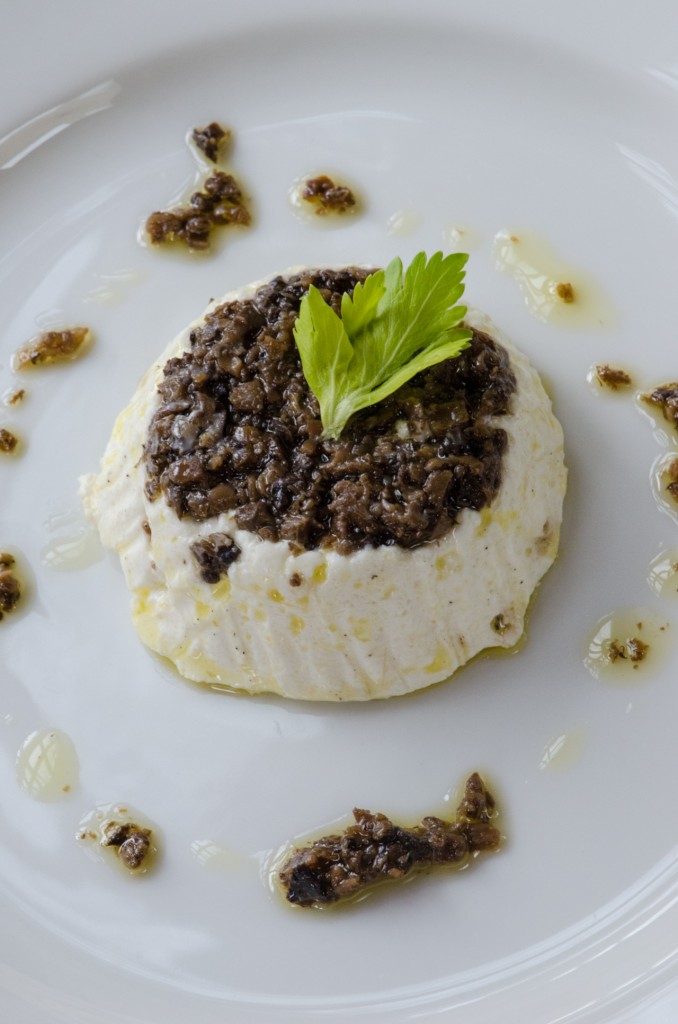 One of Italy’s most renowned culinary indulgences is the truffle. Found throughout northern and central Italy, we enjoy them on many destinations on our Italiaoutdoors cycling tours, from the Veneto and Piedmonte to Umbria and Tuscany. Hidden away in forests, buried at the foot of oak trees, truffles are difficult to find, requiring the use of a trained pig or dog with the olfactory capabilities to smell the tuber that we humans lack. But it is precisely this intense, earthy, ripe flavor that makes it such a sought after specialty for chefs and gourmets.
One of Italy’s most renowned culinary indulgences is the truffle. Found throughout northern and central Italy, we enjoy them on many destinations on our Italiaoutdoors cycling tours, from the Veneto and Piedmonte to Umbria and Tuscany. Hidden away in forests, buried at the foot of oak trees, truffles are difficult to find, requiring the use of a trained pig or dog with the olfactory capabilities to smell the tuber that we humans lack. But it is precisely this intense, earthy, ripe flavor that makes it such a sought after specialty for chefs and gourmets.
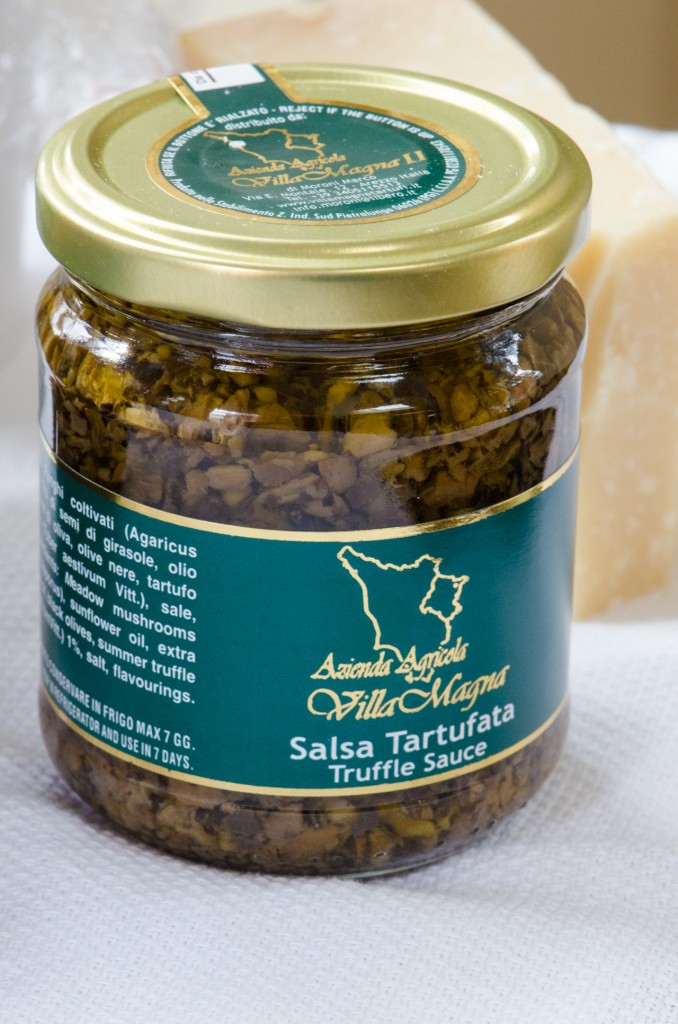
White truffles hail from the Piemonte region, as well as Tuscany and Umbria. My first experience with truffles was a visit Piedmonte one November with Chef Jody Adams. We explored the annual truffle festival in Alba, and then headed down to Umbria where we stayed a few days with food writer Nancy Harmon Jenkins. I still recall the wonderful dinner the three of us cooked one evening in her home just outside of Cortona – a first course of simple fresh pasta with shaved truffles, followed by a large Chianina steak grilled in her fireplace on her Tuscan grill. One of my favorite meals of all my visits to Italy.
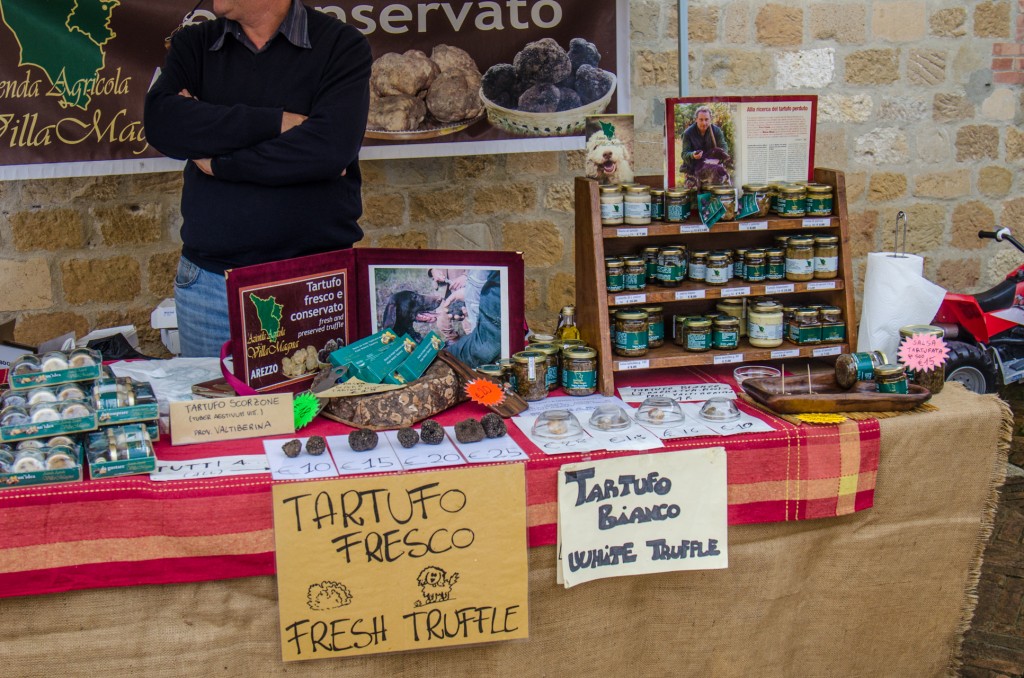 Black truffles are more widespread, found in the Veneto region, as well as Tuscany and Umbria. There are different types of black truffle, from the Tuber melanosporum, known as the Perigord black truffle in France, but which is known in Italy as the Tartufo di Spoleto or Tartufo di Norcia. The other main edible black truffles are the black summer truffle also known as the scorzone (Tuber aestivum) and its relative the uncinato (Tuber uncinatum).
Black truffles are more widespread, found in the Veneto region, as well as Tuscany and Umbria. There are different types of black truffle, from the Tuber melanosporum, known as the Perigord black truffle in France, but which is known in Italy as the Tartufo di Spoleto or Tartufo di Norcia. The other main edible black truffles are the black summer truffle also known as the scorzone (Tuber aestivum) and its relative the uncinato (Tuber uncinatum).
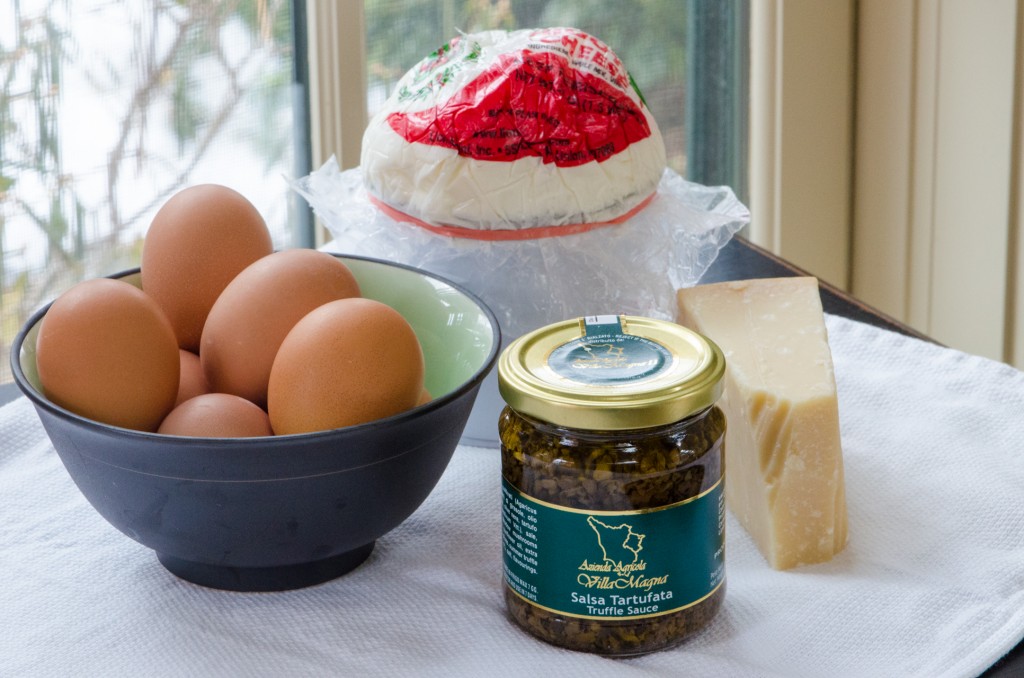
Truffles are customarily served as the elegant ingredient in a pretty simple dish, allowing the wonderful aroma and deep, dense flavor to shine – competing flavors in this dish would be overly complicated and detract from this culinary gem. They are often served over a simple fresh pasta, or accompanied by an egg, or cheese.
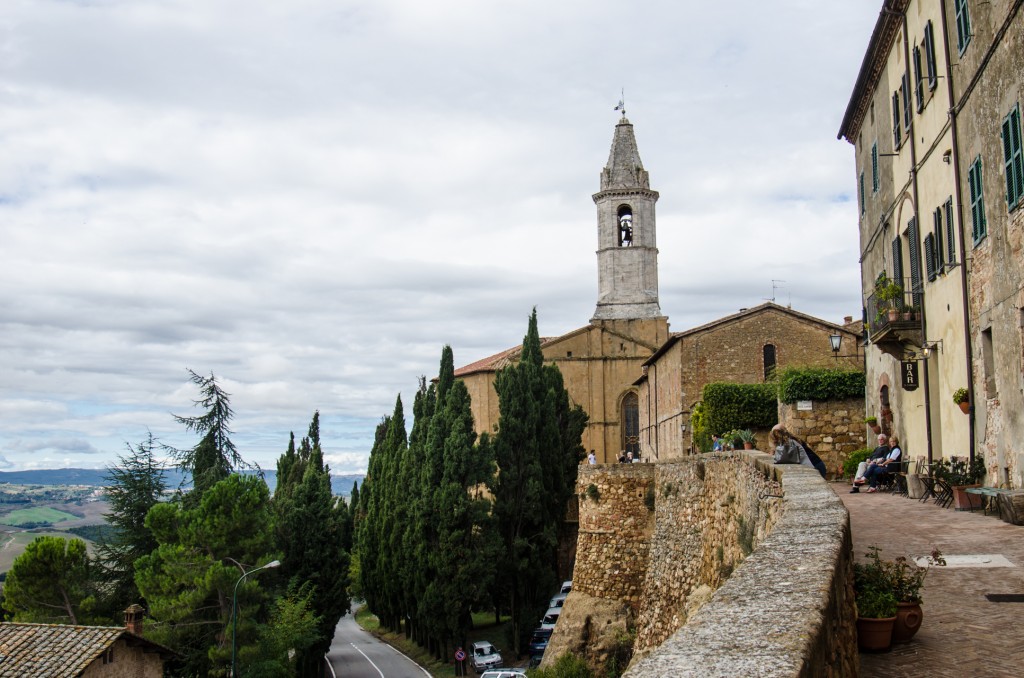
Last October, after our Bike the Wine Roads of Umbria tour, I stopped at a market in Pienza, Italy and picked up a few jars of the local truffle products. A jar of truffle sauce made for an easy and very elegant first course when served as a topping for a sformatino di ricotta. Sformato is a souffle-like dish, made from various ingredients – vegetables, cheese, bread crumbs – held together with a bechemel or egg. It is not as light as a souffle, but quite nice, and much easier to prepare! Sformatino is a small, individual sformato, made in individual ramekins. If you don’t have access to truffle sauce, a good substitute would be sautéed mushrooms seasoned with some truffle oil.
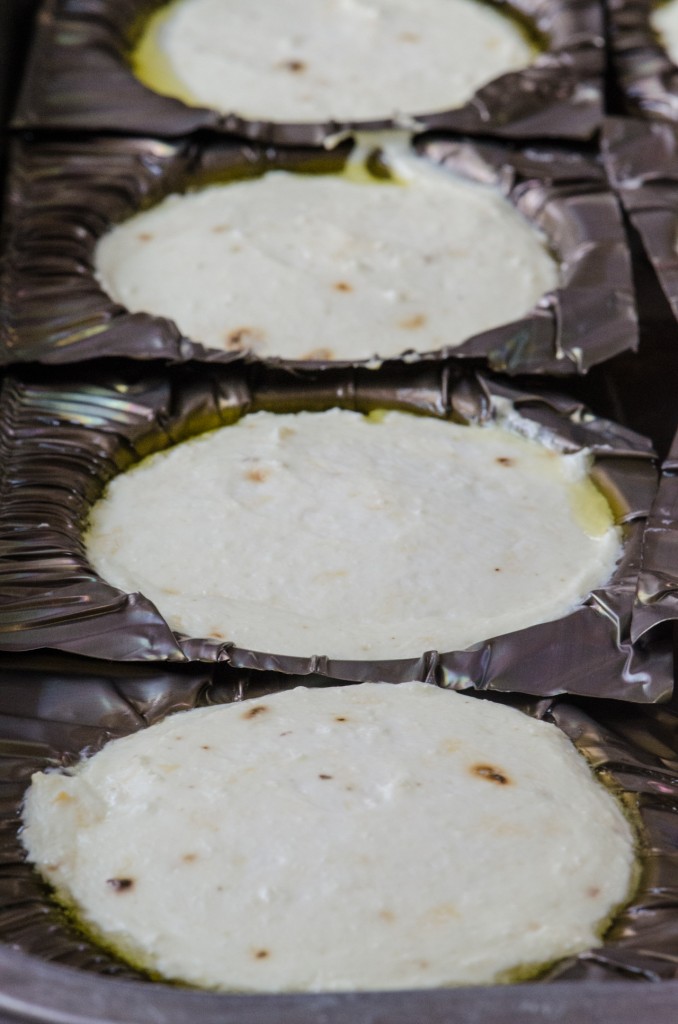 Sformatino di Ricotta con Tartufo Nero
Sformatino di Ricotta con Tartufo Nero
Serves 4
4 tablespoons salsa tartufo (truffle sauce)
(Substitute sautéed mushrooms and truffle oil)
8 ounces ricotta
Kosher salt and freshly ground pepper
1/3 cup freshly grated parmigiano reggiano cheese
2 egg whites, beaten
8 small bread toasts, drizzled with olive oil
Preheat the oven to 350°.
Mix together the ricotta, parmesan, and beaten egg whites. Season with salt and pepper.
Take 4 individual aluminum moulds and put a tablespoon of the truffle sauce or mushroom mixture at the bottom. Divide the ricotta mixture between the 4 moulds.
Cook in a bain-marie (water bath) in the oven for about 45 minutes. Remove from the oven and allow to cool.
Reverse the mould onto a serving plate. Garnish with additional truffle sauce, grated parmesan, grated truffle, and/or truffle oil. Serve with bread toasts.
